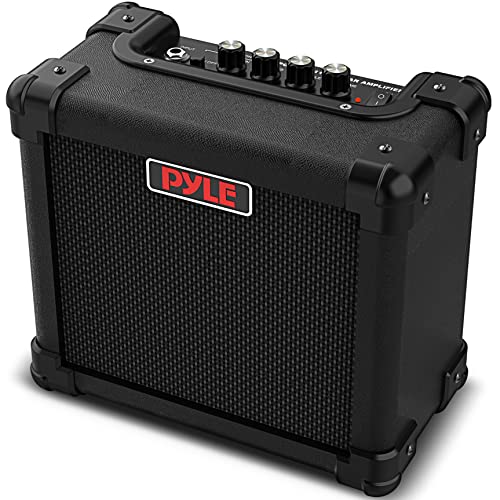Hi all,
I have had mine for just under 9 months and love the amp. I have read the threads about "tweaking" the amp settings to pull the best from the amp and wonder what I can do to enhance my setup.
I use a Taylor T-5, a Taylor Classic Solidbody with the standard PUPs and a Carvin DC-200 with the active electronics. When I play on stage and use the T-5, I have an A/B/C box from Taylor that allows me to go to the amp and the board or both directly. I do not use any pedals in the loop or in front of amp and my other guitars go directly in the amp and are mic'd to the board.
My question is what suggested settings do you folks think is a great place for a clean sound with a decent reverb and a overdriven sound that will carry sustain and not be over the top? I want to be able to to copy the settings on paper and do a quick tweak on stage as I switch between the acoustic settings and electric setting on the T-5. And then have the settings jotted down for my Carvin and the Classic.
At home I use 5w and on stage I use it full on but I'd certainly like it to be a warm overall sound.
I am looking for places to start...your thoughts?
Nubbs
Taylor T-5
Taylor Solidbody Classic
Carvin DC-200 Koa
Mesa Boogie Express 5:25/10" Combo
Fender Supersonic 112 Combo
Washburn Praire Song Acoustic
Garrison CE-20 Acoustic
Sennheiser e609
I have had mine for just under 9 months and love the amp. I have read the threads about "tweaking" the amp settings to pull the best from the amp and wonder what I can do to enhance my setup.
I use a Taylor T-5, a Taylor Classic Solidbody with the standard PUPs and a Carvin DC-200 with the active electronics. When I play on stage and use the T-5, I have an A/B/C box from Taylor that allows me to go to the amp and the board or both directly. I do not use any pedals in the loop or in front of amp and my other guitars go directly in the amp and are mic'd to the board.
My question is what suggested settings do you folks think is a great place for a clean sound with a decent reverb and a overdriven sound that will carry sustain and not be over the top? I want to be able to to copy the settings on paper and do a quick tweak on stage as I switch between the acoustic settings and electric setting on the T-5. And then have the settings jotted down for my Carvin and the Classic.
At home I use 5w and on stage I use it full on but I'd certainly like it to be a warm overall sound.
I am looking for places to start...your thoughts?
Nubbs
Taylor T-5
Taylor Solidbody Classic
Carvin DC-200 Koa
Mesa Boogie Express 5:25/10" Combo
Fender Supersonic 112 Combo
Washburn Praire Song Acoustic
Garrison CE-20 Acoustic
Sennheiser e609






















